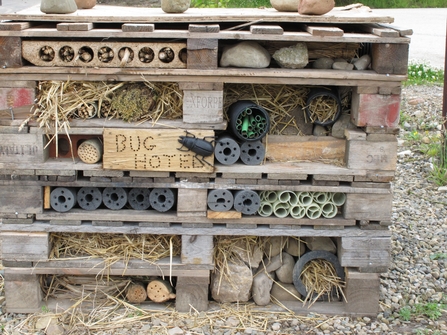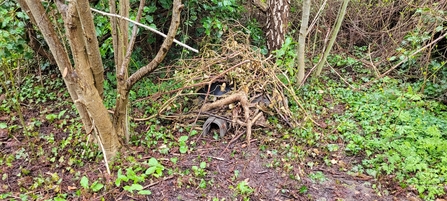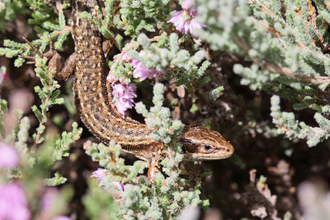If you are trying to improve your local area for wildlife, creating homes for bugs, beetles, reptiles or other wildlife can bring a lot of value both for those individuals directly but also for other animals higher up the foodchain, such as hedgehogs.
One of the best ways to create these areas is to just grab a bunch of rubble of various size and dump it in a corner - the nooks and crannies created by this can be use by all sorts of wildlife. Sadly, this has a good chance of looking messy and may even encourage other to dump what they see as rubbish on your site, which you obviously do not want. So, to help this I've listed a couple of designs below that you can use to create some fantastic habitats for wildlife in your community greenspaces.






